WHAT'S NEXT?
Let’s create new experiences that defy conventional notions of how to consume clothes!
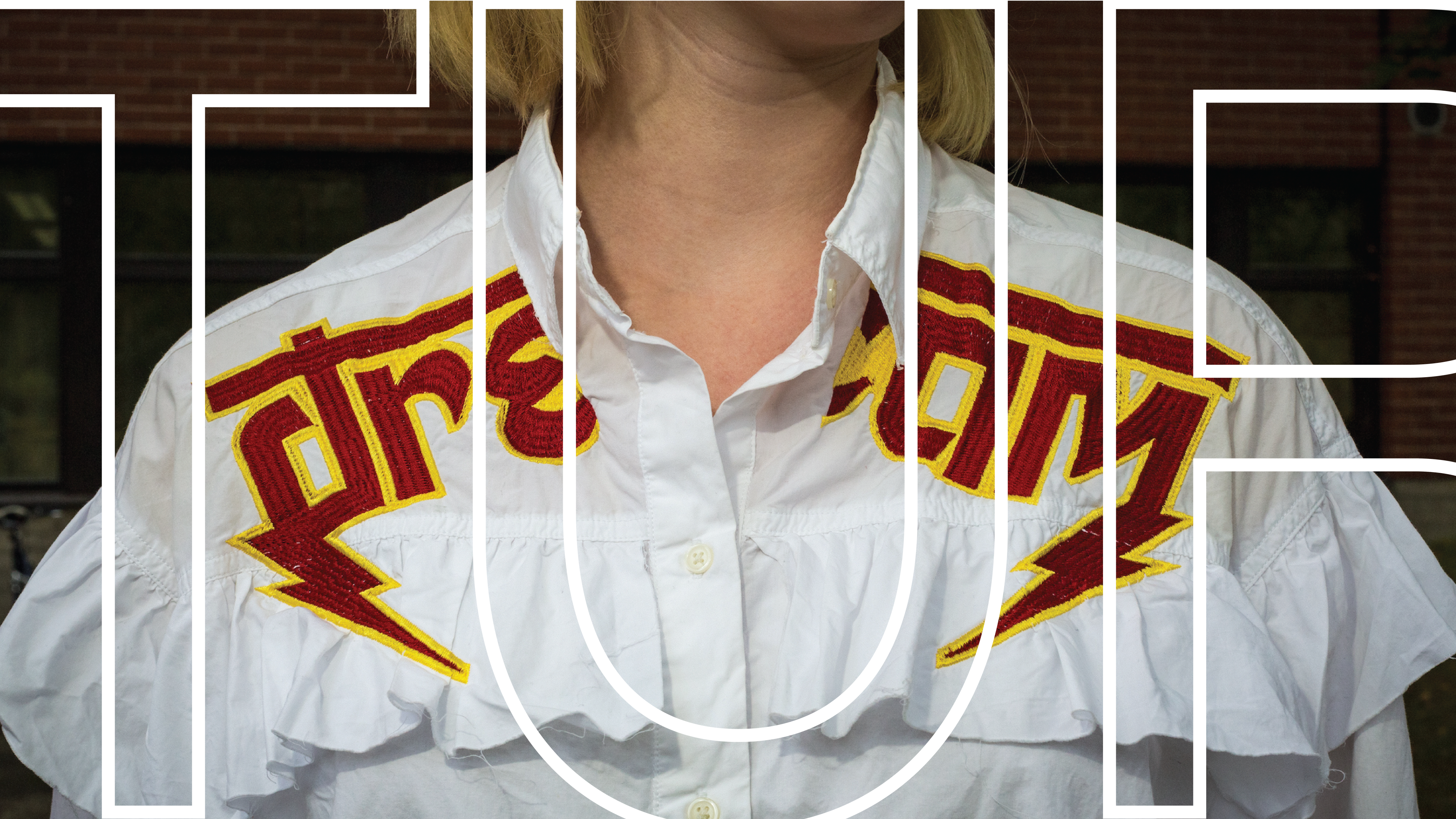
Fashion is fantastic! It enables us to communicate who we are and who we wish to become. Our personal style is an expression of our individuality, while at the same time inviting us to be part of a bigger community.
Unfortunately, the today’s fashion system encourages overconsumption, tapping into our innate urge, deeply rooted in human nature, to consume. If we want to create new experiences that defy conventional notions of how clothes are consumed, we will have to recognize this psychological need. Could we somehow turn it into our and the planet’s benefit?
So far, we have seen new business models and concepts such as shared closets, fashion rentals, sewing cafés and pop-up mending workshops, virtual collections for social media and the metaverse, AI-generated 3D-printing of bespoke items… What’s next?
What change would you like to see happen in the fashion industry? How could a new lifestyle manifest itself in your own personal wardrobe?
Photos: Veera Konsti from the series AaltoLOOKS
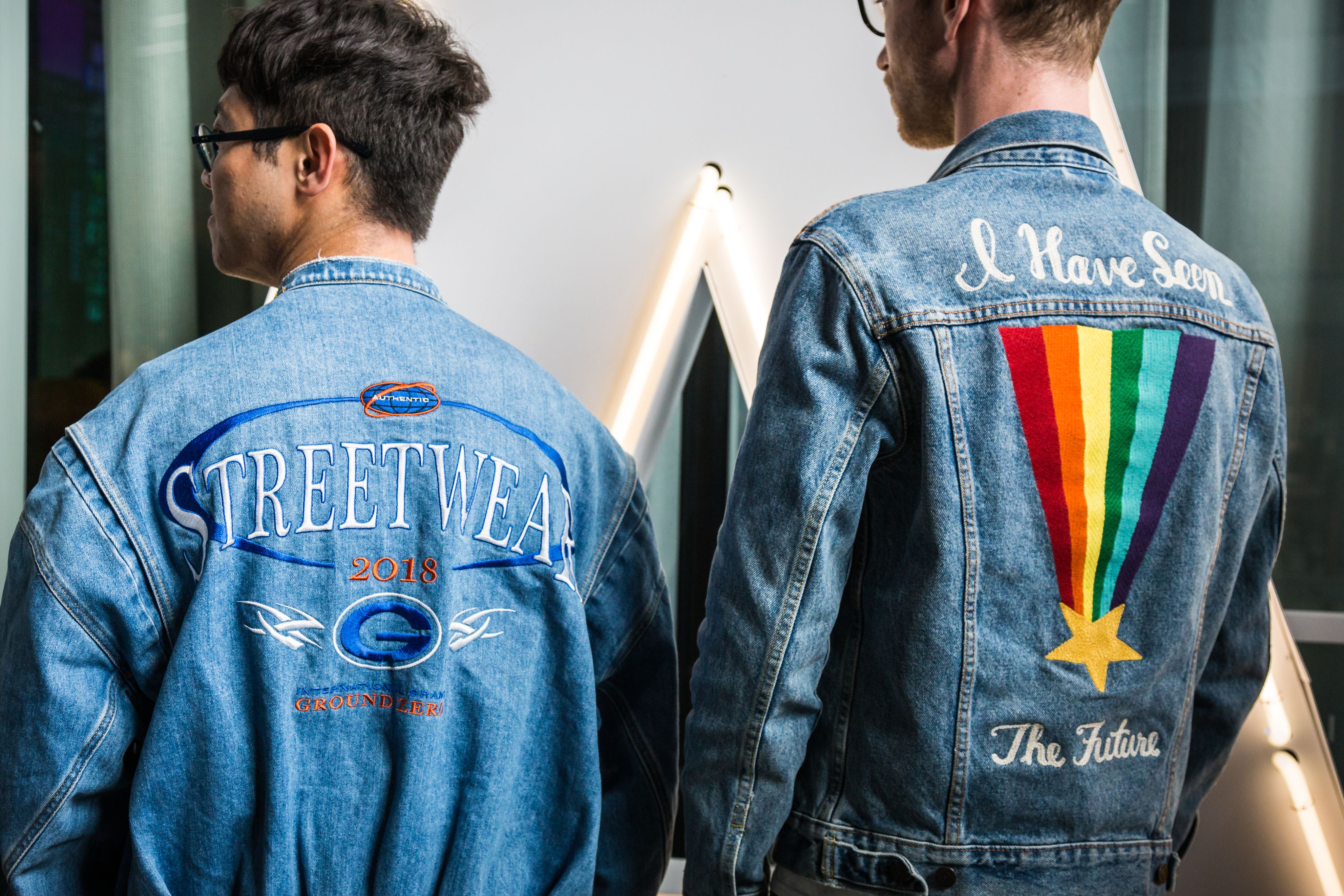
At Aalto University, we’re experimenting across many disciplines including wearable textiles, biotechnology, virtual worlds and new business models.
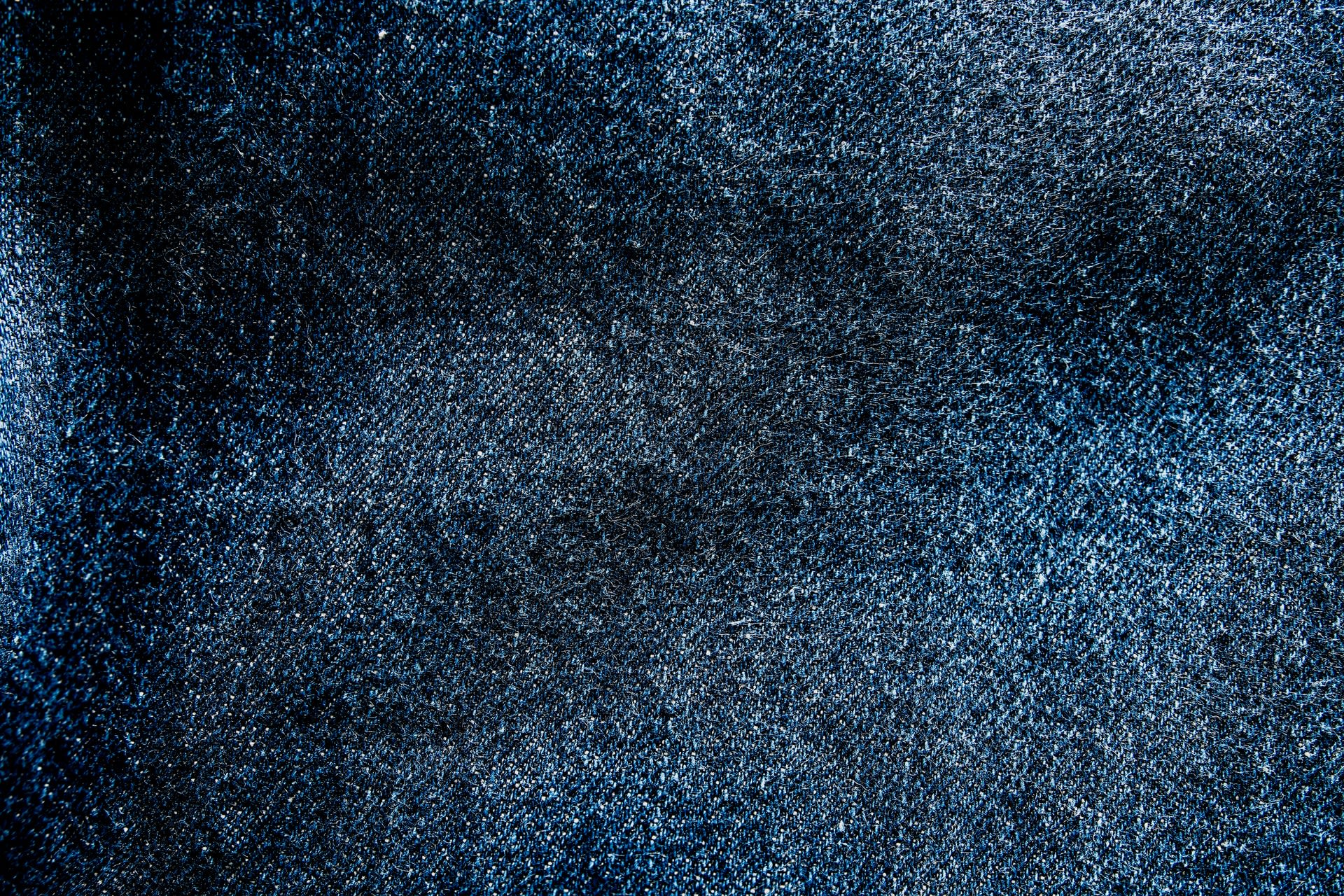
SUN-POWERED TEXTILES
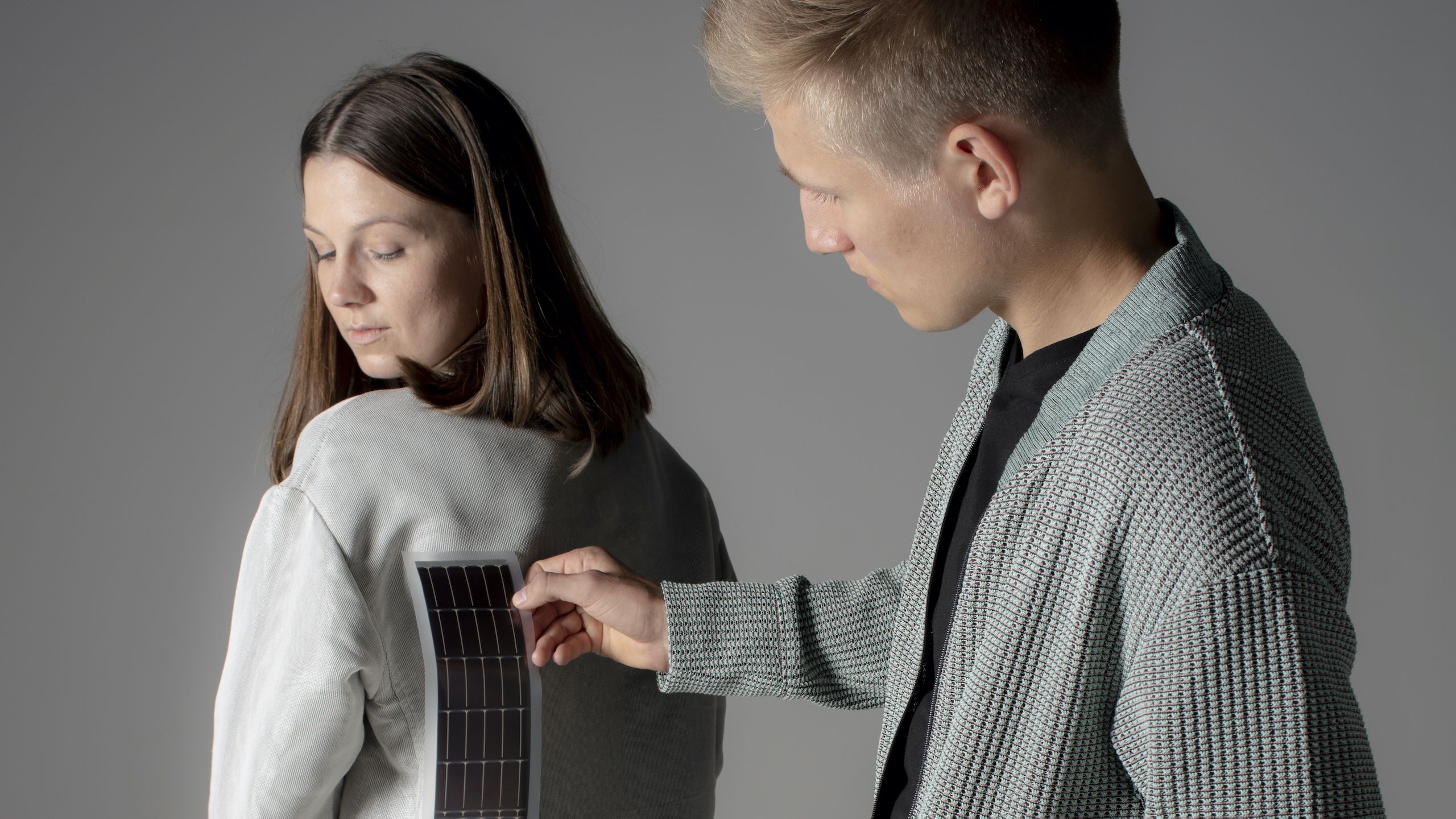
There are many wearable technology, smart textiles and e-textiles applications that are already available and widely used in areas as diverse as sports, workwear and health and wellbeing. The sensors, devices and visual effects that are added into textiles need a power source. That power typically comes from traditional batteries, but solar cells could make smart textiles energy autonomous!
The logical way to integrate photovoltaics is to attach solar cells onto the front surface of a textile to ensure maximum energy harvesting. However, this significantly compromises the aesthetics: a black or silver coloured solar cell will inevitably dominate the look of the textile or garment — you'll pretty much end up looking like a robot!
In Aalto’s multi-disciplinary Sun-powered Textiles project, the solution is to hide the solar cells underneath a textile layer. When the solar cell is hidden from view, it provides the designer with a greater degree of freedom, while still producing enough energy to power wearable devices. What's more, the solar cell textiles have endured up to 50 washes in a washing machine with no damage.
The Sun-powered Textiles team comprises Elina Ilén, Janne Halme, Farid Elsehrawy, Elina Palovuori, Bettina Blomstedt, Pinja Helasuo, Jaakko Eskola, Zuzana Zmatekova, Linda Wederhorn and Maarit Salolainen
Read more about the project and its showcase jackets!
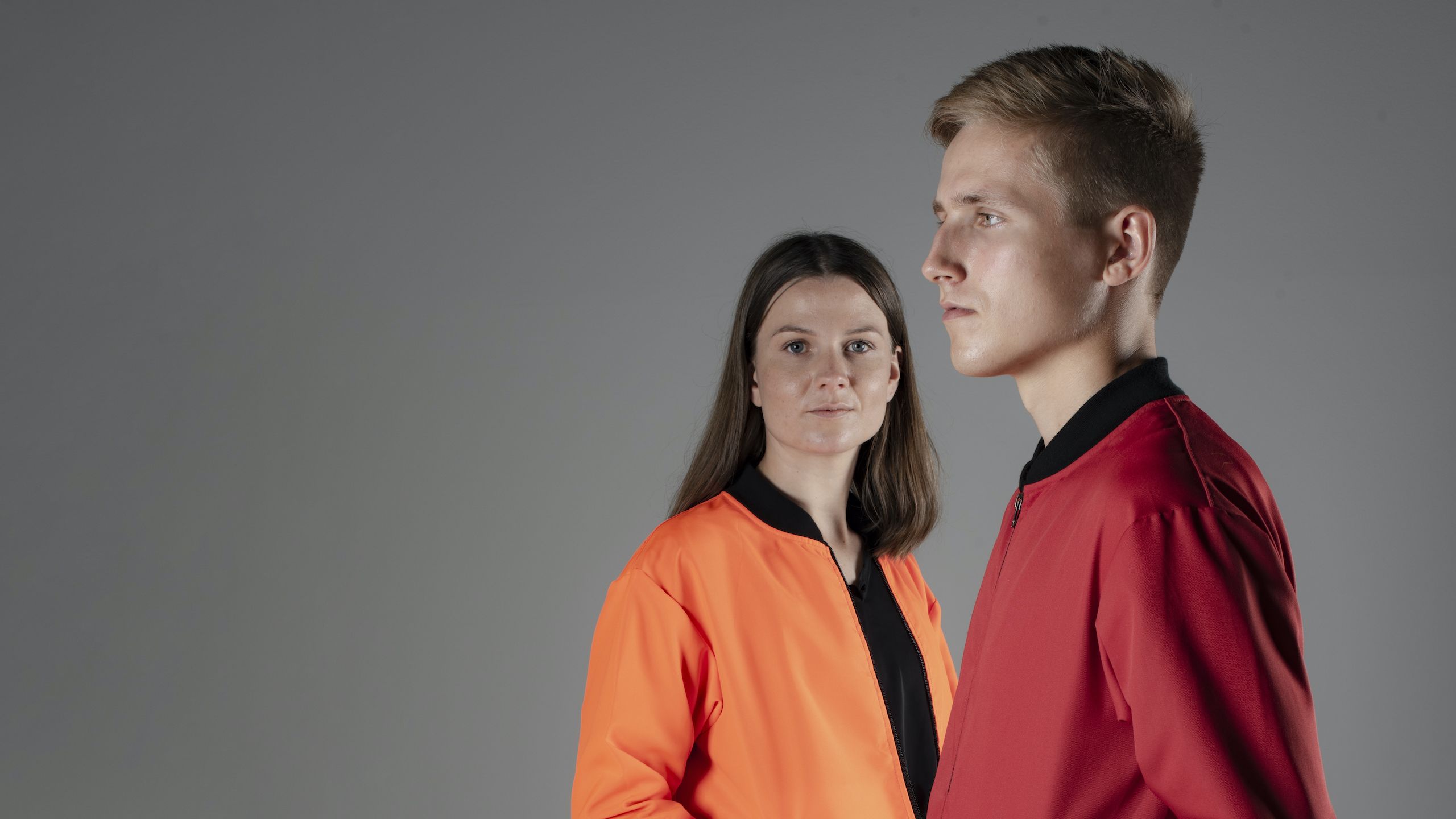
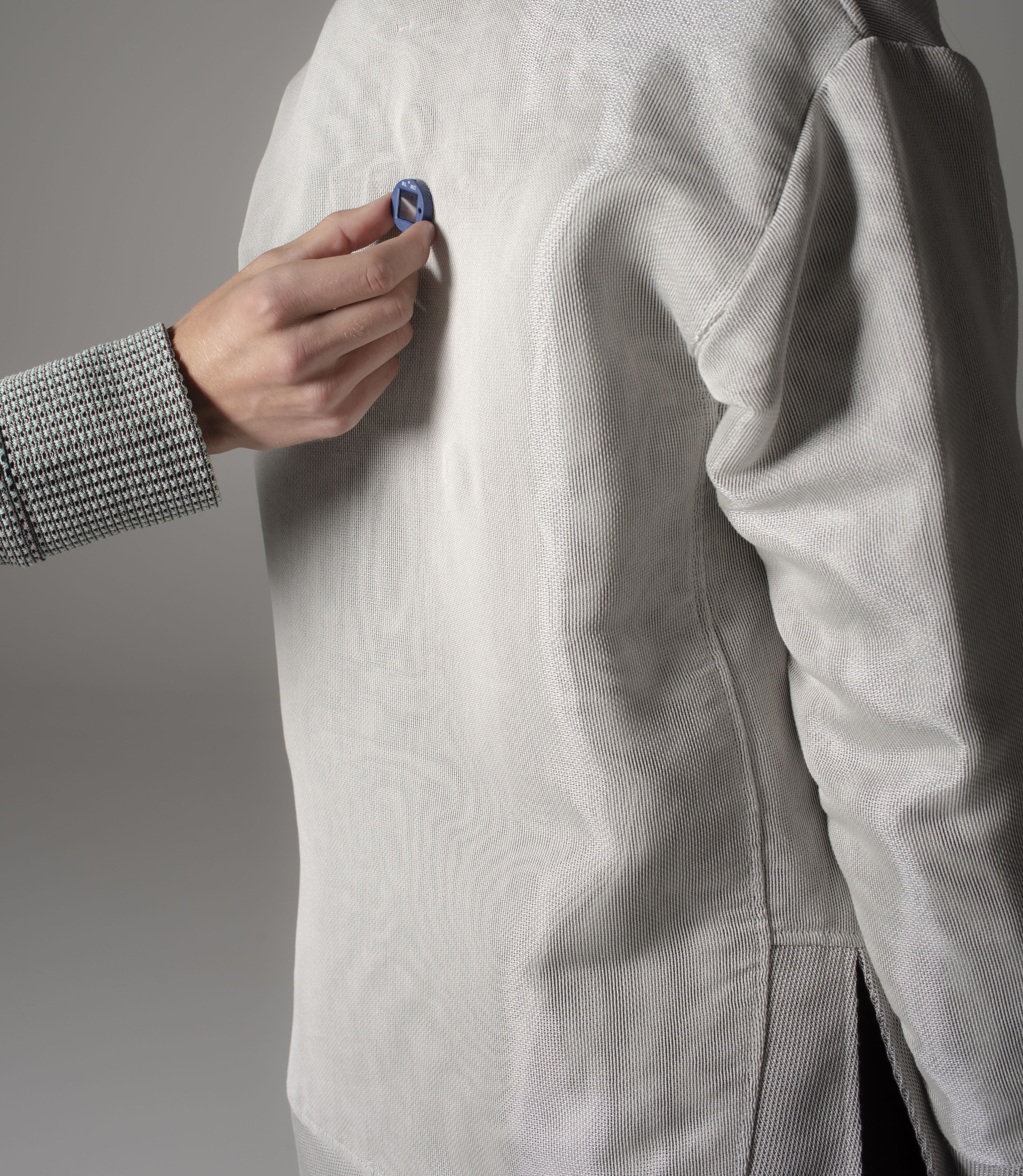
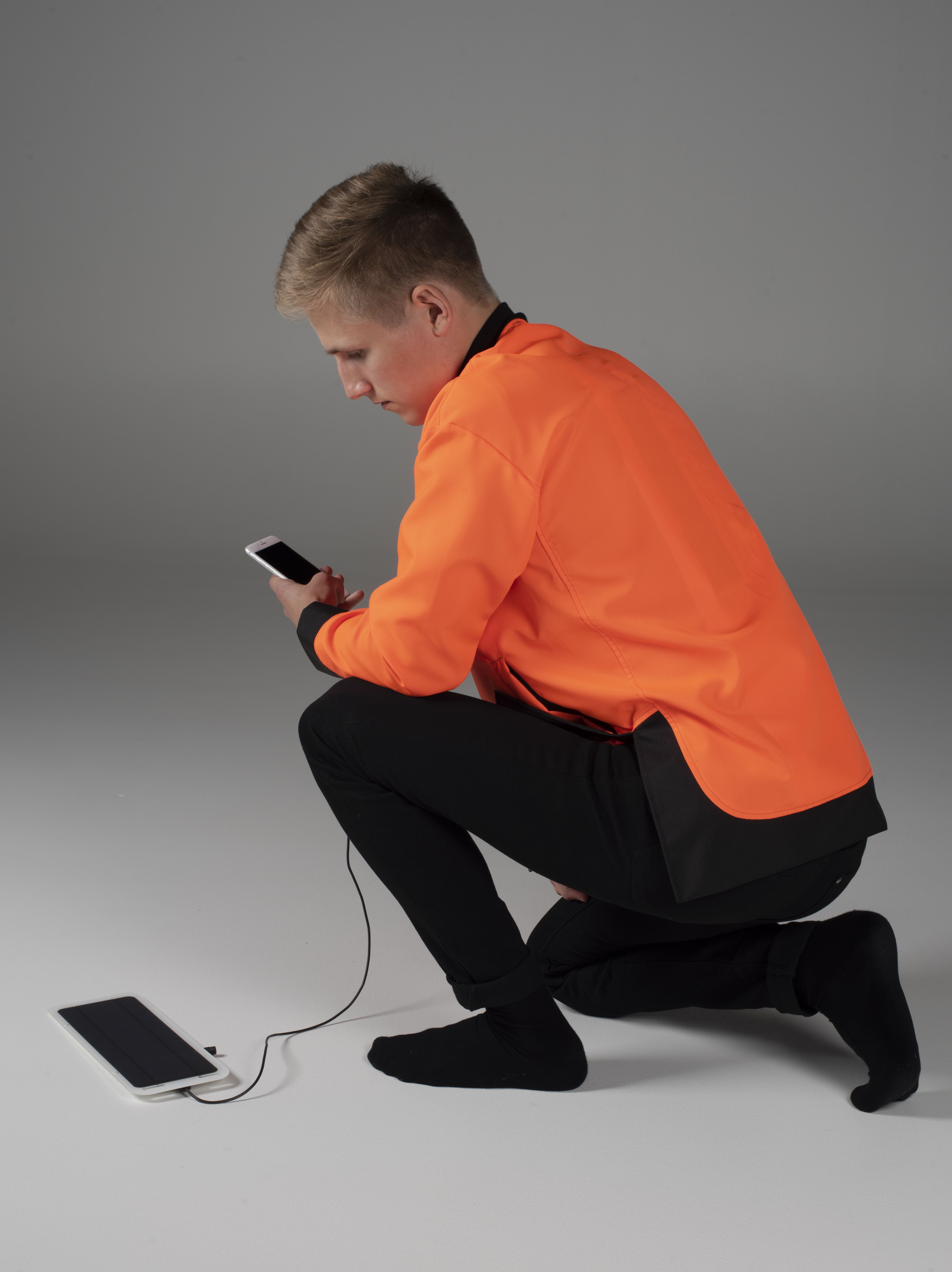
Photos: Anne Kinnunen
Photos: Anne Kinnunen
KORVAA
— THE MICROBIAL HEADPHONES
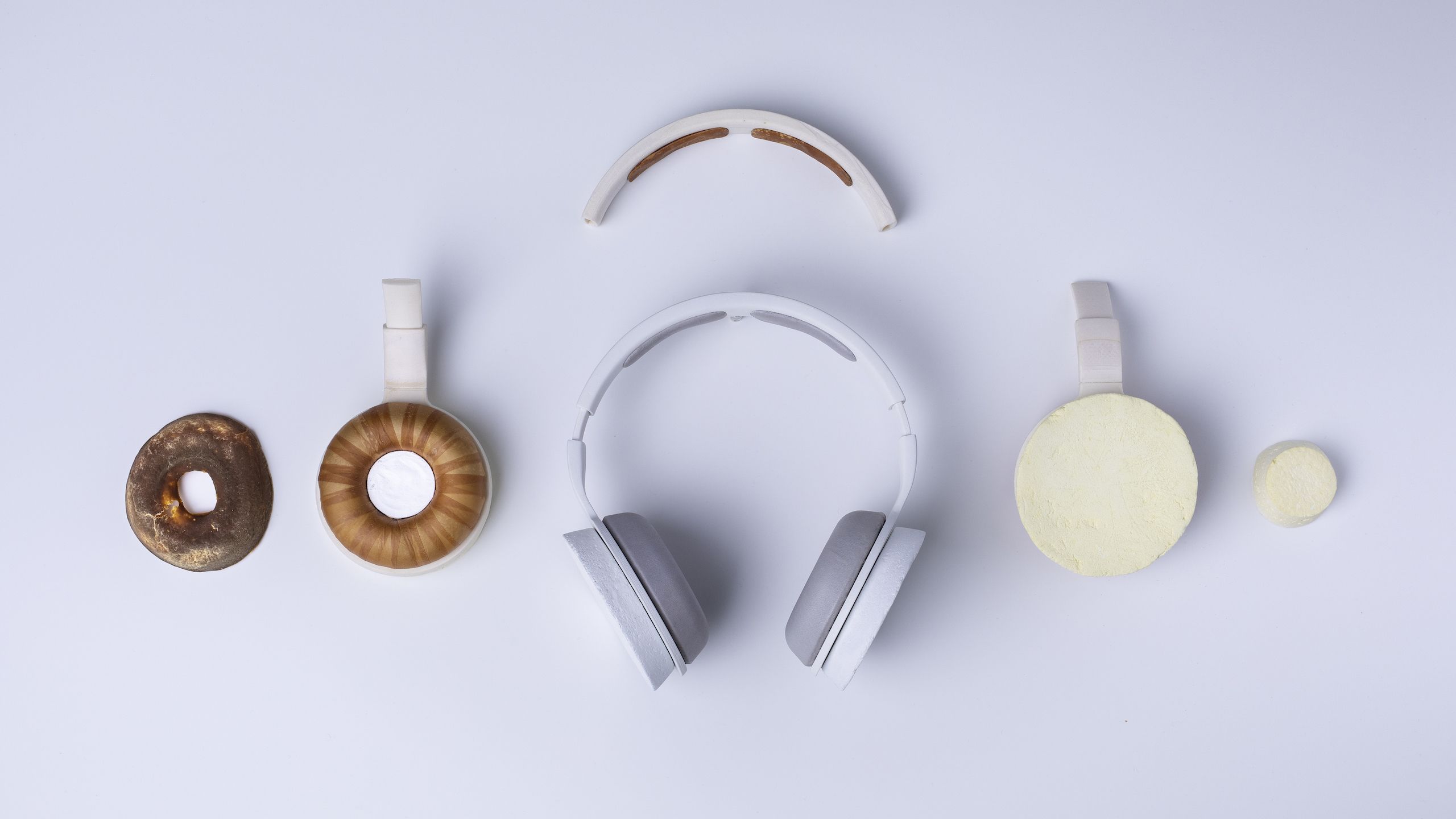
Microbially-grown materials can be used to replace petroleum-based materials in a range of everyday consumer products, including headphones. A project team comprising research scientists, industrial designers and documentary makers wanted to prove this hypothesis and produced a set of headphones as part of a project whose title Korvaa is a play on the near-identical Finnish words meaning “ear” and “substitute”. The plastic and leather components used to make the headphones were grown by microbes. VTT Technical Research Centre of Finland and Aalto University produced the materials, Aivan took care of the industrial design and Fotoni Film documented and photographed the process.
The aim of this multidisciplinary science, design and documentary project is to raise awareness about the possibilities of using microbes in sustainable production processes. Advancements in biotechnology have enabled the modification of microorganisms so that they can now be used to produce fuels, food proteins, medicines, bioplastics and other biopolymers as well as materials for textiles and leather.
The project is being coordinated by Synbio Powerhouse, an innovation ecosystem set up to promote biotechnology and synthetic biology.
Photos: Aivan
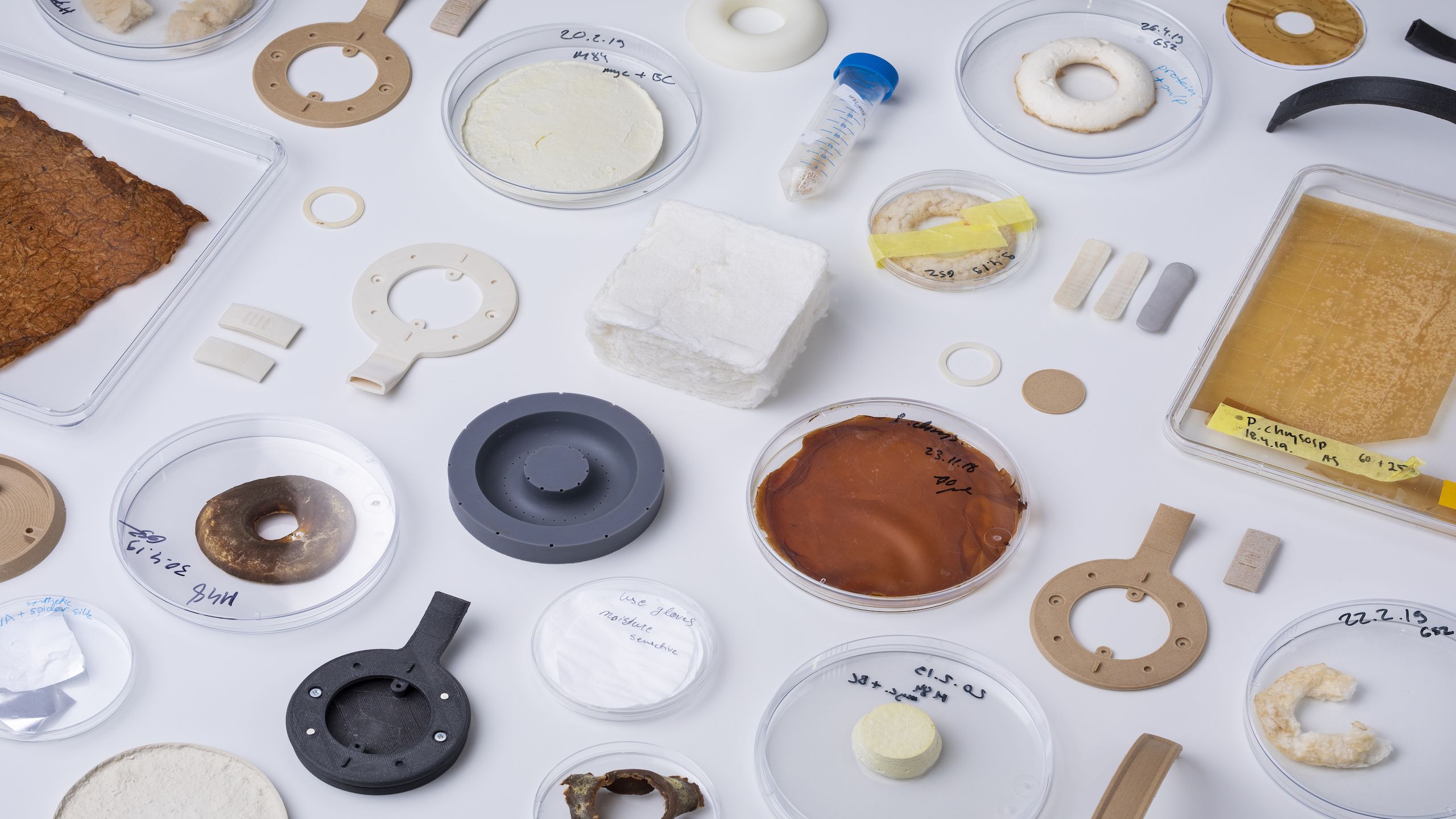
VIRTUAL FASHION
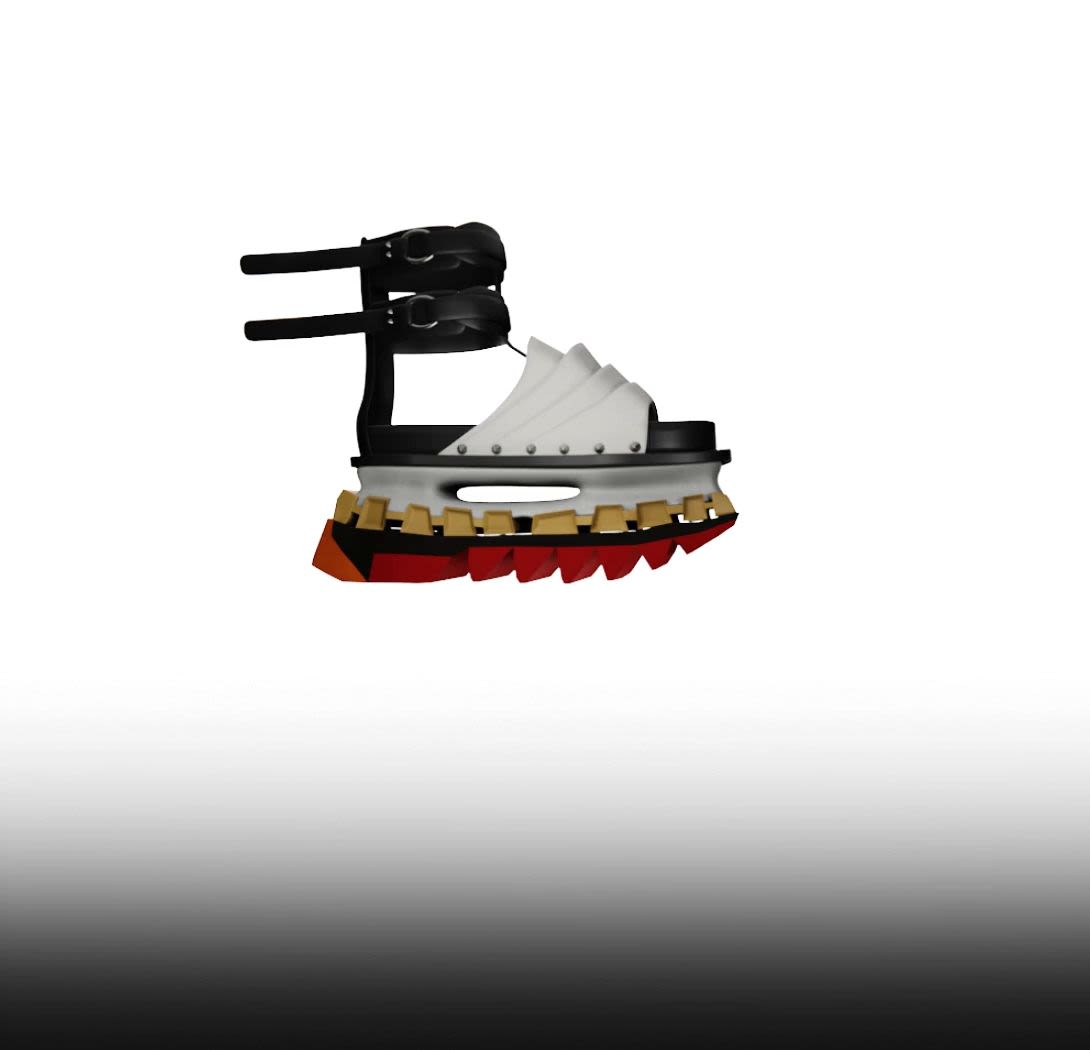
The internet is evolving right before our eyes, breaking free from the screens that, until now, have been our default interface to the digital realm. It is possible that people, spaces, and assets can evolve into a fully virtual synthetic environment, encompassing us all.
It may seem like this “metaverse” is best suited to serving the gaming industry and tech giants, but fashion is excited about the possibilities it offers, too. Digital showrooms and fitting rooms are pretty straightforward applications, but fully digital collections, art and retailing are on the rise too. In essence, this means items being created or sold directly to an avatar. This new world is opening up endless possibilities for designers, brands and consumers and could very well be the new reality of the fashion industry, as long as the metaverse’s enormous power consumption, accessibility and privacy issues are addressed.
Aalto fashion student Ushnah Amjad created a collection of shoes that do not exist. This digital-only footwear collection is inspired by everyday footwear fashion in Helsinki and its socioculturally and economically differing neighborhoods. The product of the work is a 3D digital-only hybrid footwear collection of six shoe designs. In a larger context, the work attempts to identify the fashion image of the select neighborhoods and examines digital fashion as a creative, ethical, and sustainable way of making, consuming, and engaging with fashion.
Aalto fashion student Ushnah Amjad created a collection of shoes that do not exist. This digital-only footwear collection is inspired by everyday footwear fashion in Helsinki and its socioculturally and economically differing neighborhoods. The product of the work is a 3D digital-only hybrid footwear collection of six shoe designs. In a larger context, the work attempts to identify the fashion image of the select neighborhoods and examines digital fashion as a creative, ethical, and sustainable way of making, consuming, and engaging with fashion.
NEW BUSINESS MODELS
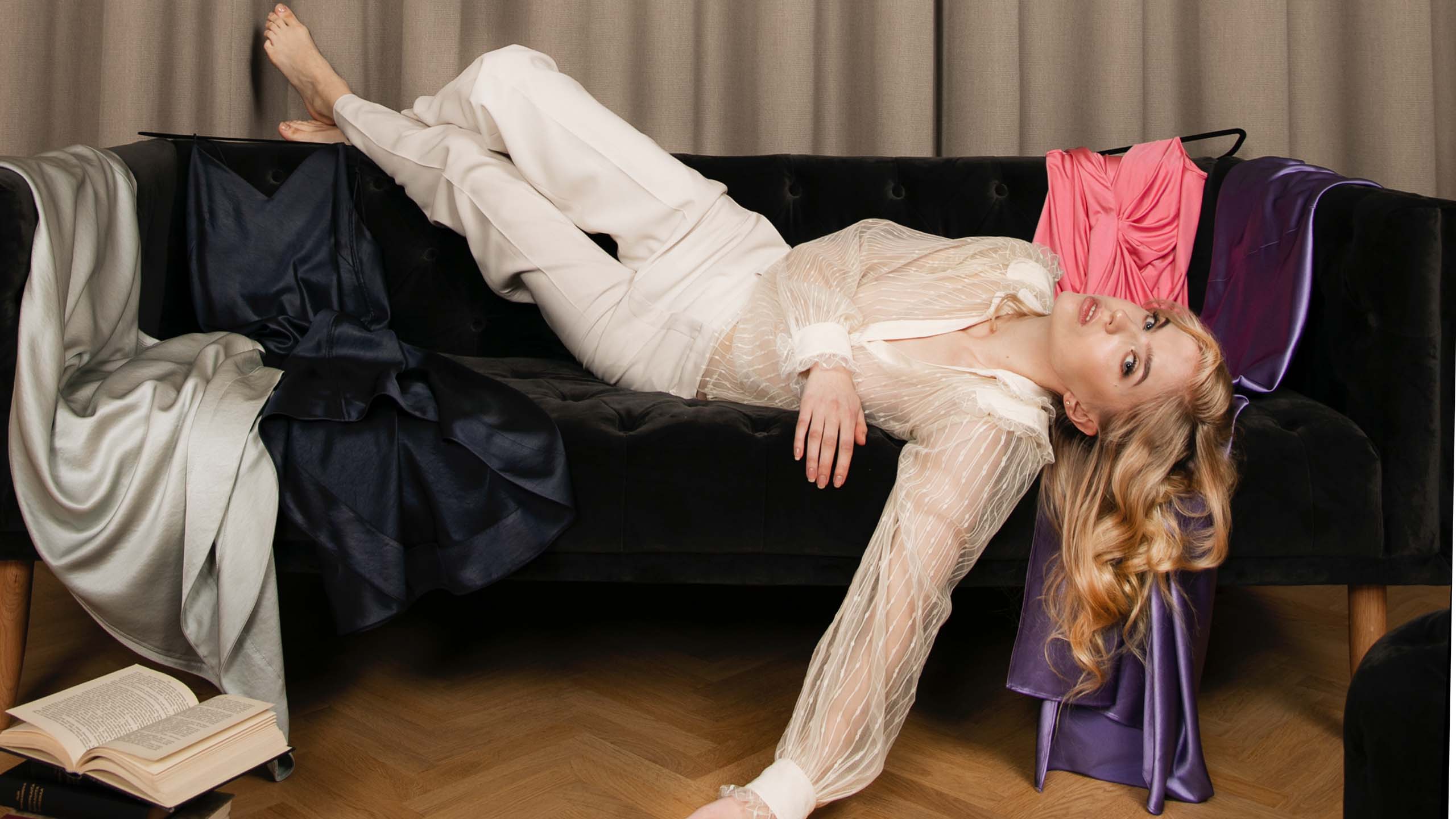
Menddie.com is an online platform offering a clothing repair service. Customers can order repairs through the company's website. They then deliver the garment to their nearest parcel drop off point and collect it when the work has been completed. Menddie forwards the garment to one of the seamsters, who work for the service on a freelance basis. This means that they can sell their services through the platform while the customers can see who they are buying the service from. The repair process is made as easy as possible.
As online shopping and home deliveries have risen in popularity, repair services have fallen from favour. Menddie.com is making a stand against overconsumption and throwaway culture and celebrating traditional skills in the digital era. Menddie.com emerged during an entrepreneurship course at Aalto University and has received support through the Kiuas startup accelerator programme.
Clozeta is an online clothing rental platform that provides access to an unlimited “fashion library” or “closet in the cloud”. Clozeta features premium Nordic brands that customers can access through a monthly subscription or as a one-off rental. The company also offers a service, where a professional stylist puts together “surprise looks” based on subscriber data. Clozeta’s Clothing as a Service model is similar to the way we are already accessing music, films and TV series.
Clozeta is founded by Katariina Järvinen, a Master’s student in marketing at Aalto University, together with Tommi Salonen. At the moment, the founders are repurposing Clozeta's business idea, due to changes in market conditions.
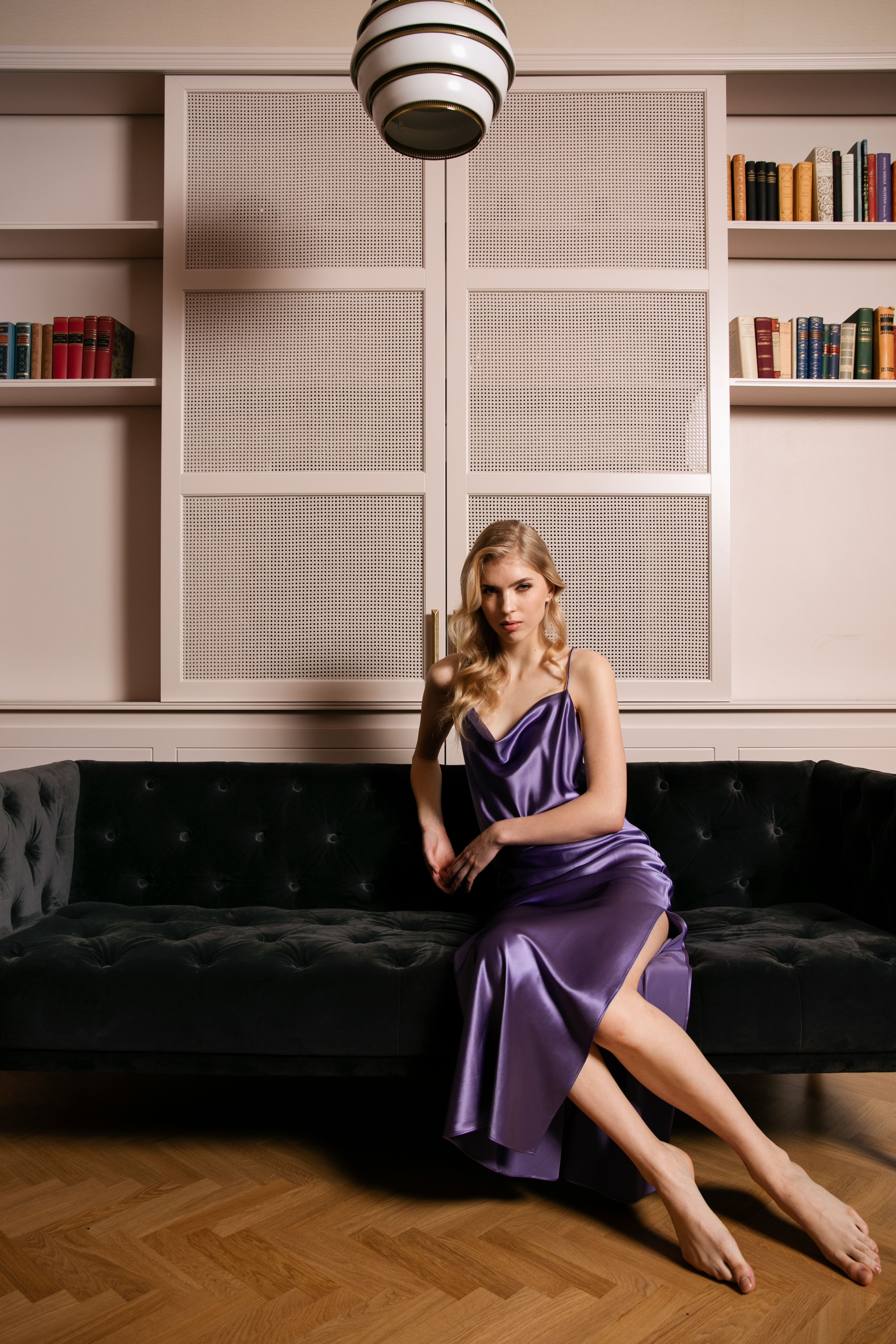
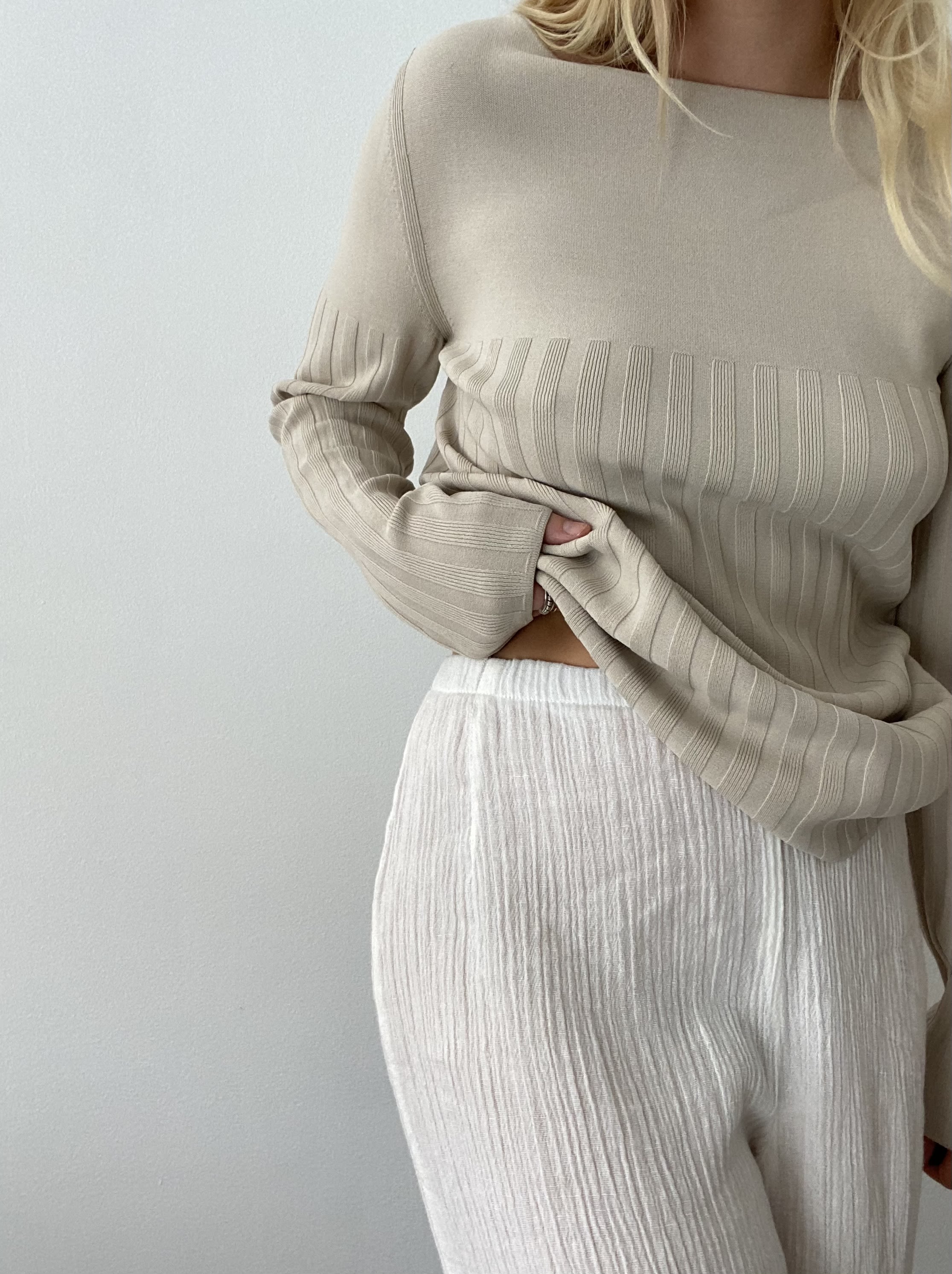
Seen Archive is an online circular clothing studio offering one-of-a-kind secondhand and upcycled clothing pieces. Seen is both a creative outlet for promoting secondhand as a means of self-expression but also an ongoing project for exploring different circular fashion design methods and business models.
The secondhand selection for Seen is curated with four main aspects in mind; clothes that are unisex by heart, that can be worn on many occasions, are good quality and are made out of natural fabrics. Currently Emilia, the creator of Seen Archive is concentrating on upcycling new cloths using old fabrics and looking for collaborators for the project as well.
Seen Archive was created by Emilia Ståhlhammar, a master’s student in marketing at Aalto University.



